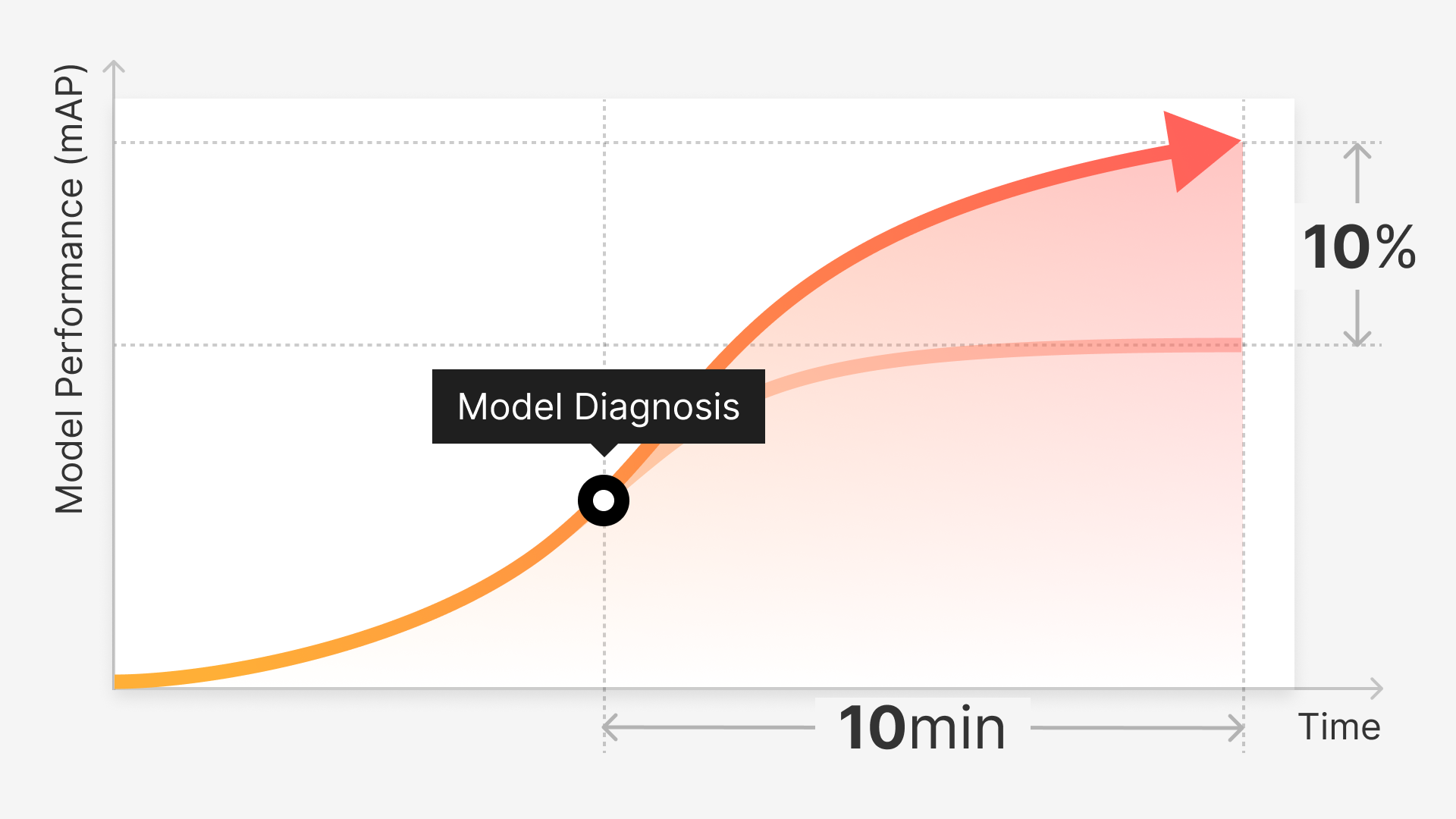From a developmental perspective, replacing traditional digital processes with computer vision systems can seem like the end-all, be-all for successfully deploying models. This way of thinking, while completely reasonable in the early stages of adoption, is becoming too simplistic to suit the projected rate of integration for machine learning-equipped applications in the near future.
Now more than ever, end users are speaking up on controversial methods employed in ML development. The heavy use of personal information and data, specifically, is becoming a primary determinant in what can be considered successful implementation.
With public scrutiny and the potential backlash it may incur in mind, it’s in the ML, data science, and labeling team’s best interest to not only be aware of these rising concerns early on in development but take a proactive approach in addressing them. Luckily, you can easily achieve this by following an ethical framework for project workflows and data management procedures.
Get started through this article, which presents the major considerations of embodying ethical values in data utilization for model deployment.
The Question of Ethical ML
The most relevant ethical concerns related to ML can be narrowed down to using two specific technologies, which are prominently utilized and found in standard computer vision processes – deep learning (DL) and convolutional neural networks (CNNs).
The tasks associated with these methods, in a broad sense – analyzing and identifying images and assessing those images through trained data – are at the heart of issues that consumers view as personal rights violations. Essentially, jeopardizing the security of private or sensitive information.
Consumer Needs
These concerns are far from groundless, as computer vision models draw from what may be considered pools of personal data: one’s appearance, location, behavior, etc., to enable applications now already widely considered AI at work in a technologically-progressive society.
Although there’s the undeniable appeal of applying these applications to any industry – from the transition to more convenient and futuristic self-driving vehicles (SVs) by automakers to new ways of performing medical diagnostics in healthcare – it’s overshadowed by the fact that trust and safety when interacting with, or subject to emerging technologies, are of vital importance to the average consumer.
Ramifications of Public Scrutiny
Data scientists, and any ML team as a whole, can choose to disregard these expectations, but as demonstrated by a growing number of public displays of dissent, leading to the enactment and enforcement of data privacy acts in several countries and a higher risk of tech firms facing class-action lawsuits for violating those personal rights, it will ultimately be to their detriment.
On a global scale, society has more or less provided a clear response to the increased use of ML-enabled applications in their communities. They not only desire but demand that developers prioritize ethical conduct in their processes, especially for new technology such as computer vision, which still has relatively few governmental regulations or common best practices that oversee and appropriately restrain their use.
A Principled Pipeline
Until standardized guidelines are put in place, it’s up to individual ML engineers, data scientists, and private organizations to create and abide by ethical frameworks that are quickly becoming a requirement for end-users to trust and accept ML-enabled applications.
There are a number of recommended approaches developers can consider when incorporating ethics into their operations. These methods, detailed below, target and mitigate the primary concerns related to data privacy and management at an organizational scale:
I. Reducing Bias and Discrimination
The occurrence of bias and discriminative generalizations in training datasets is an issue that must be addressed to ensure machine learning models are impartial once deployed. Through an enhanced data curation and annotation method, data scientists can easily reduce discriminatory instances in biased data.
II. Appreciating the Human Element
It’s an often unspoken fact that a portion of the data labeling industry relies on labor in less-than-ideal circumstances, with reports showing many third-party annotators struggling with low pay, lack of job security or employee support, and little opportunity for advancement. But many data labeling providers, like our partners at iMerit, have proven that you can provide high-quality data services while establishing a higher standard for working conditions and real opportunities for growth across locations in the United States, Europe, Bhutan, and India.
If you’re not outsourcing your labeling, it’s still important to recognize the critical work that goes into annotation within your organization. Downplaying the importance of data work even occurs at the academic level, as “publications that report solely on datasets are typically not published. If they are published without a corresponding model or technical development, they are typically relegated to a non-archival technical report, rather than published in a top-tier venue.”
III. Setting Model Constraints
Determining an ML model's use requirements and intentions early on will help ML teams stick to reasonable boundaries for its intended purpose once it reaches production. Clearly stipulate the conditions of a model’s execution through documentation, which will communicate the capabilities of the technology and the applications it’s approved for.
IV. Prioritizing Consent and Compliance
Practice transparency as an organization in terms of data acquisition and highlight efforts to comply with laws and regulations regarding how you intend to use the data and to what end. Demonstrate a commitment to protecting data from unauthorized use and distribution through forthcoming data protection policies and emphasizing partnerships with equally compliant parties.
Building an Ethical Framework
When debating the future role of ethics in the ML space, the verdict is already in. Ethical development will play a necessary part in successfully deploying technologies that conform to regulations that, in a matter of years, will be enforced for AI applications industry-wide. Some organizations, such as the Institute for Ethical AI & Machine Learning, are already working to create practical frameworks around ethical AI development.
Until similar frameworks are widely adopted, ML teams have the choice of setting a precedent and acknowledging future expectations or risk paying the heavy price that big tech may be able to afford for now, but certainly not long-term, as it becomes clear that they’re fighting a losing battle.
At Superb AI, we take the ethical development of AI, specifically computer vision datasets and models, very seriously. That’s why we make it a point to provide data preparation automation that helps teams of all shapes, sizes, and funding build quality datasets fast, as well as only work with managed service providers and technical partners that take ethics seriously, like Datapure and their goal of empowering women leaders.



